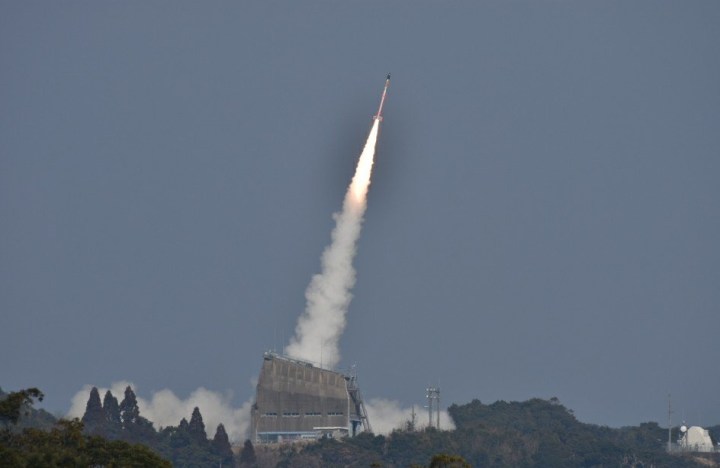
The rocket behind the satellite, the SS-520, was initially designed as a sounding rocket, which means that it’s meant to take measurements and perform experiments during sub-orbital flights. It’s capable of reaching altitudes of just over 500 miles, and so is not quite so high as other more powerful rockets. Over the weekend, the SS-520 made its fourth flight, nearly 20 years to the day after its maiden voyage. The rocket first took off on February 5, 1998, and later carried out an ionospheric research mission in December 2000. It then took a 17-year hiatus, and did not see the skies again until its unsuccessful mission last year. Upon investigation, it appeared that the issue was a poorly protected electrical connection that caused the failure.
When it launched on February 3, 2018, however, all systems were go. The rocket managed to deliver TRICOM-1R into space about seven and a half minutes after liftoff. The satellite carries both a store-and-forward communications payload as well as five small cameras to take pictures of Earth. It measures just 4.6 by 4.6 by 13.6 inches, including its antennae.
The launch of the satellite was actually Japan’s second in 2018 — it earlier sent an Epsilon rocket into space from Uchinoura for that purpose last month. The nation’s next orbital launch is expected to take place later in February, making 2018 a rather busy year for the country’s space program.
As for the SS-520, the rocket is next expected to launch as part of a suborbital ionospheric mission from Svalbard. So while all eyes today may be on the launch of the enormous Falcon Heavy, the SS-520 is here to prove that you don’t always need to be the biggest to be successful.


